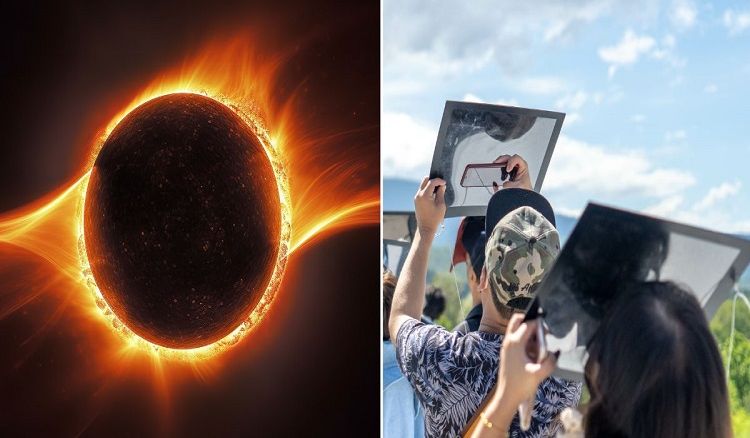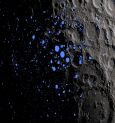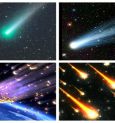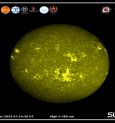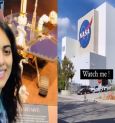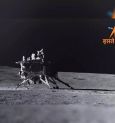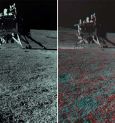On October 14th, which coincides with the auspicious day of Mahalaya, a partial solar eclipse will grace the skies. It promises to be a rare and remarkable celestial event, offering a glimpse of a celestial wonder. This time, a significant part of the Americas, including locations in South and Central America, Mexico, and some parts of the United States, will have the privilege of witnessing this extraordinary phenomenon. It's been over a decade since such a remarkable solar eclipse occurred.
According to reports from Washington, the moon will position itself in front of the sun on Saturday, creating an enchanting visual display that resembles a fiery ring, also known as the "Ring of Fire." While the moon will obstruct the sun in most regions, a few lucky locations will witness this unique circle, or halo.
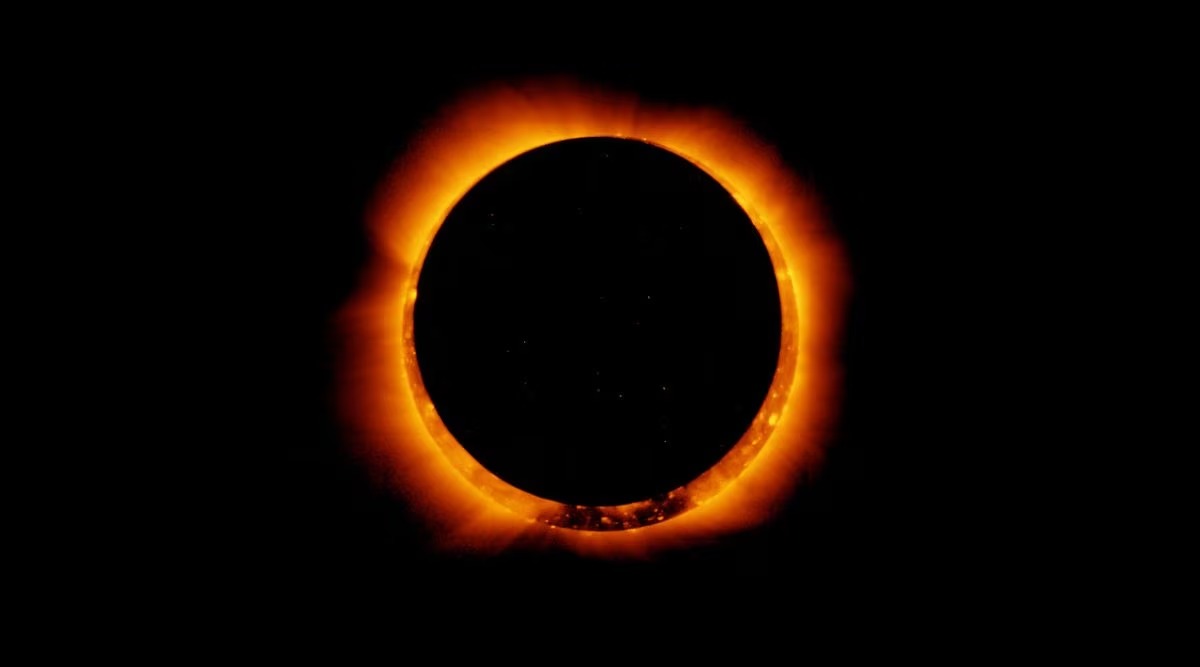
This captivating circular solar eclipse occurs when the moon is at its farthest point from Earth, aligning the sun and Earth in the middle. As a result, the moon cannot entirely cover the sun, leading to the appearance of a thin ring of light in the sky, akin to a "Fiery Halo." The full solar eclipse occurs when the moon is much closer to Earth.
According to NASA, favourable weather conditions will allow partial solar eclipse viewing in Oregon, Nevada, Utah, New Mexico, Texas, and California, among other areas.
In the United States, the partial solar eclipse will last for about four to five minutes. The partial eclipse will conclude as the sun sets over the Atlantic Ocean. However, astronomers confirm that this solar eclipse won't be visible in India, so there won't be any direct impact on this region.
On Mahalaya Day, the solar eclipse will commence at 8:34 PM and conclude at 2:25 AM. This type of eclipse, with the sun appearing as a ring or halo, is often referred to as "Bolaygras" due to its ring-like appearance.
On this day, the skies will display a unique spectacle resembling a circular or ring-shaped sun, hence the name. According toAstrtrology, individuals born under the sign of Virgo (Kanya Rashi) and the Chitra Nakshatra may experience an impact during this celestial event. These individuals may feel a lack of vitality and could encounter eye and health issues, such as fever and allergies.
This celestial event is a reminder of the wonders of the universe and a perfect way to celebrate Mahalaya, a time when the Bengali community traditionally pays homage to their ancestors and ushers in the festive season. Enjoy this remarkable astronomical event, and be sure to protect your eyes while observing the solar eclipse.
 বাংলায় পড়ুন
বাংলায় পড়ুন


